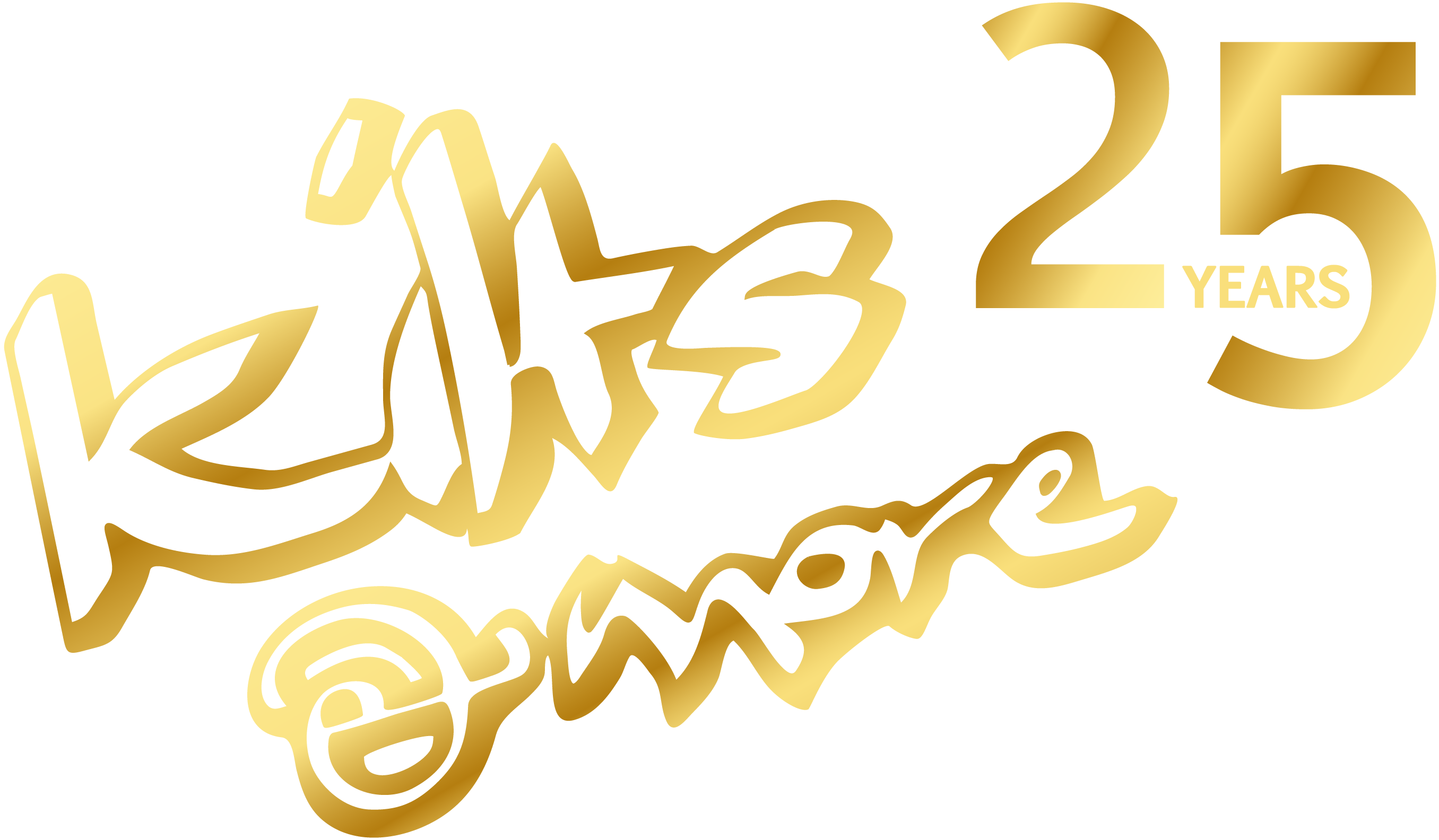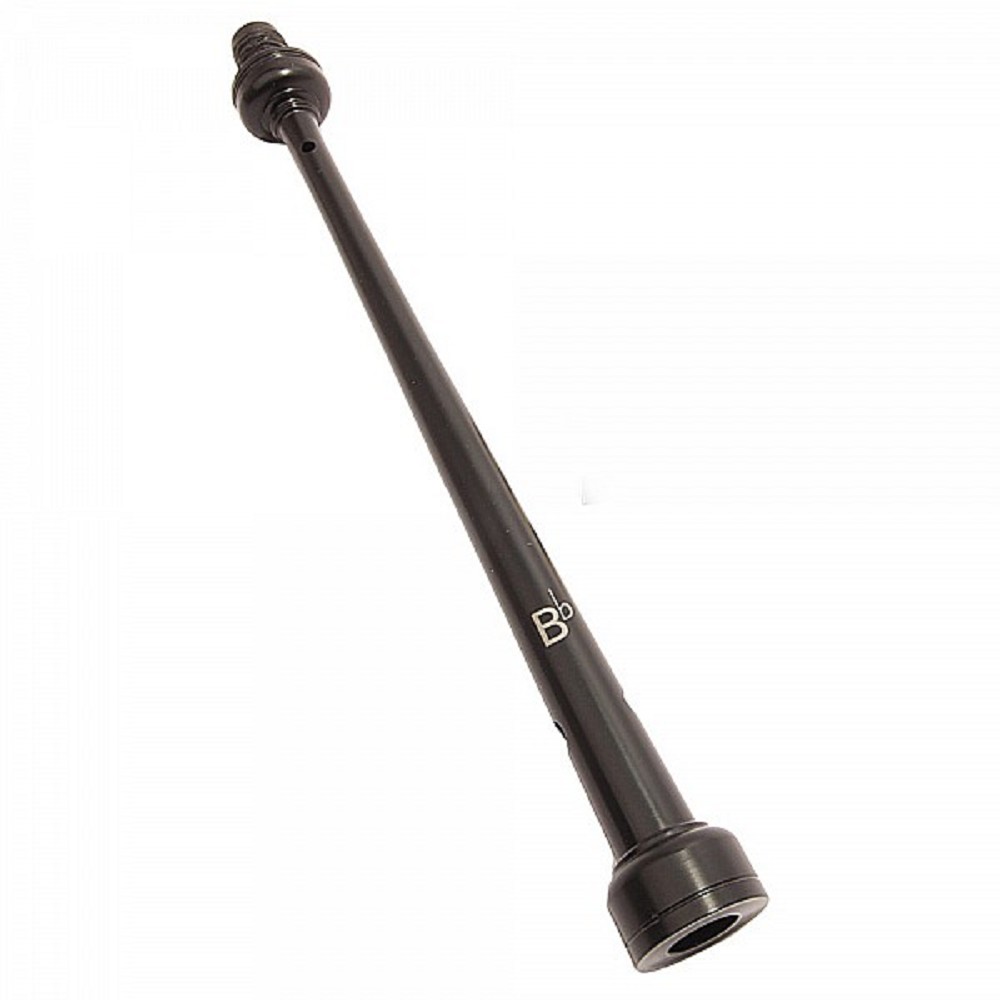VAT incl.: €179.10* VAT excl. : €150.50
Available, delivery time: auf Lager
Product information "R. G. Hardie Bflat Plastic Pipe Chanter"
R. G. Hardie Infinity Bflatr Plastic Pipe Chanter (466 Hz Bflat).
This chanter is ideal for playing with other instruments (brass band, folk group, orchestra etc.) in the key of Bb. To avoid confusion. If you are looking for a 440 Hz pitched chanter, then this is the correct chanter. 466 Hz Bflat (as shown on a tuner showing key of Bb) is equivalent to 440 Hz concert pitch (as shown on a tuner showing key of A) .
B♭ (B flat) bagpipes are designed to play at approximately 466 Hz, which corresponds to B♭ in concert pitch. This makes them ideal for playing together with orchestral or folk instruments tuned to A = 440 Hz.
In comparison, standard Highland bagpipes typically play much sharper, around 478 to 482 Hz. This is often referred to (inaccurately) as "A", but it actually lies somewhere between concert A and B♭, significantly higher than modern concert tuning.
When referring to B♭ bagpipes, pipers often use the term "flat", meaning they are about 10 to 15 Hz lower than standard bagpipe pitch. This lower pitch allows better integration with other instruments.
For simplicity, musicians commonly refer to B♭ bagpipes as being "at 440 Hz" to align with standard tuners, even though the actual pitch is 466 Hz. This is a practical convention used to avoid confusion when coordinating with non pipers or ensemble settings.
All products in this category, including B♭ chanters and flat drone reeds, are designed to match this lower tuning standard and are intended for use in concert or ensemble environments where tuning compatibility is essential.
Information for musicians playing with a B♭-chanter bagpipe (440 Hz):
When a piper uses a B♭-chanter tuned to A=440 Hz, the fundamental note of the chanter sounds one whole tone lower than a standard Highland bagpipe chanter. This means the pipe scale is based in B♭ major (concert pitch).
For brass band musicians:
- Most brass band instruments (trumpet, cornet, baritone, etc.) are already transposing instruments in B♭ or E♭, so they align naturally with a B♭-chanter.
- Standard brass band sheet music and concert pitch tuning (440 Hz) work well with this chanter.
- This allows smooth integration in joint performances, unlike traditional Highland pipes tuned much higher (e.g. 470 Hz).
For guitarists, keyboard players and others:
- The pipe scale is in B♭ major – accompaniment must be transposed accordingly.
- Guitarists can use a capo at the 3rd fret and play in G major to match B♭.
- Keyboardists should play or transpose into B♭ major (or G minor for modal tunes).
- Sheet music written for standard Highland pipes should be transposed one whole tone lower to match the B♭ chanter.
Example: A tune originally written in A mixolydian (standard pipe scale) will sound in G mixolydian on the B♭-chanter. To maintain harmony, accompanying musicians should also play in G mixolydian.
This could also be of interest
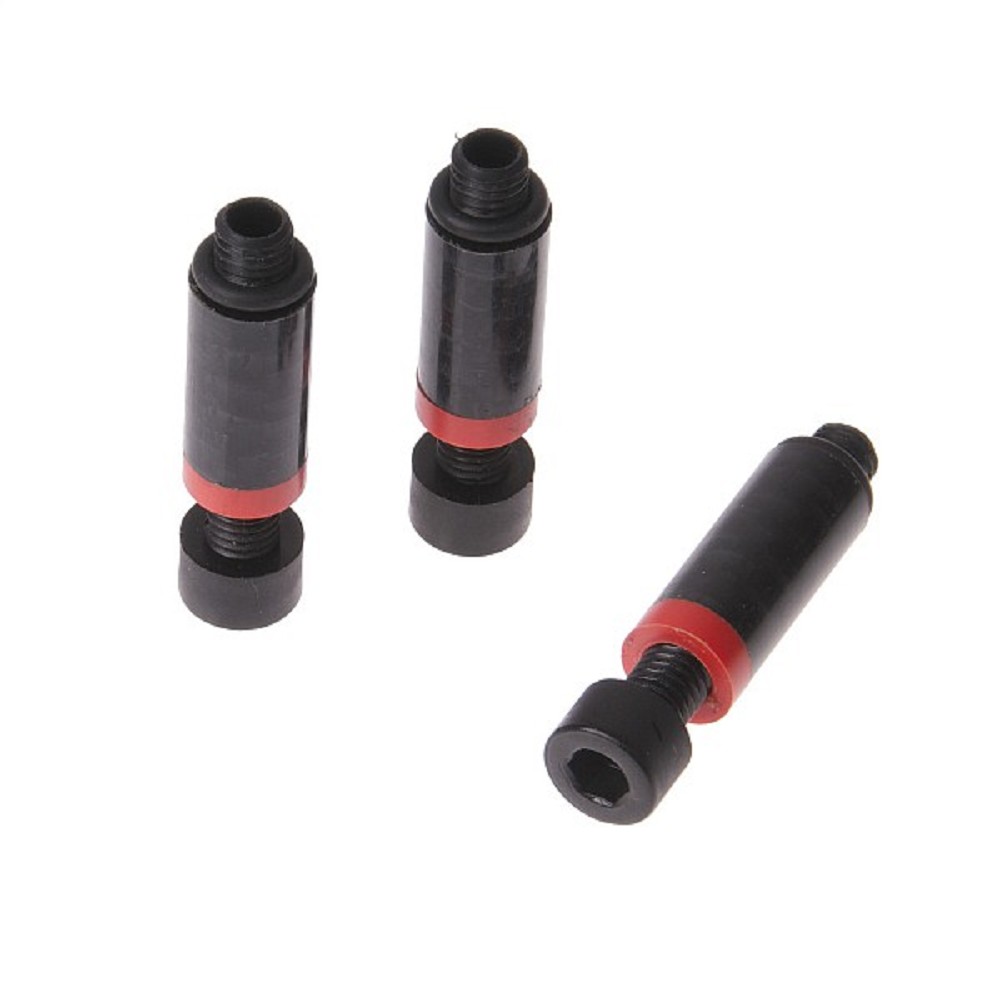
For MG Drone Reeds (als fit Ezeedrone Reeds)1 Set (2 Tenor, 1 Bass)The 440 Adaptors are used when tuning your highland pipes to 440 Hz concert pitch. Simply unscrew the alloy pitch adjuster from your reeds, add the 440 adjusters in its place and your are ready with the minimum of fuss.Adaptors only
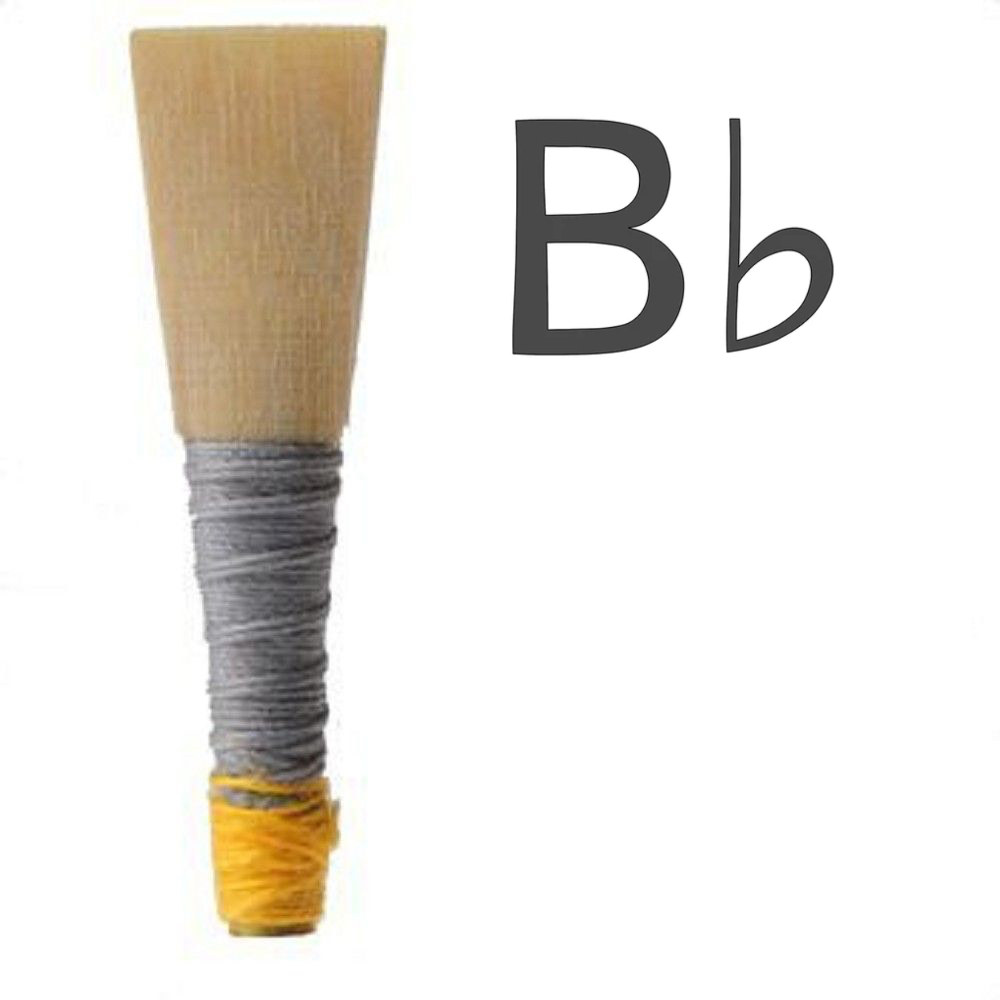
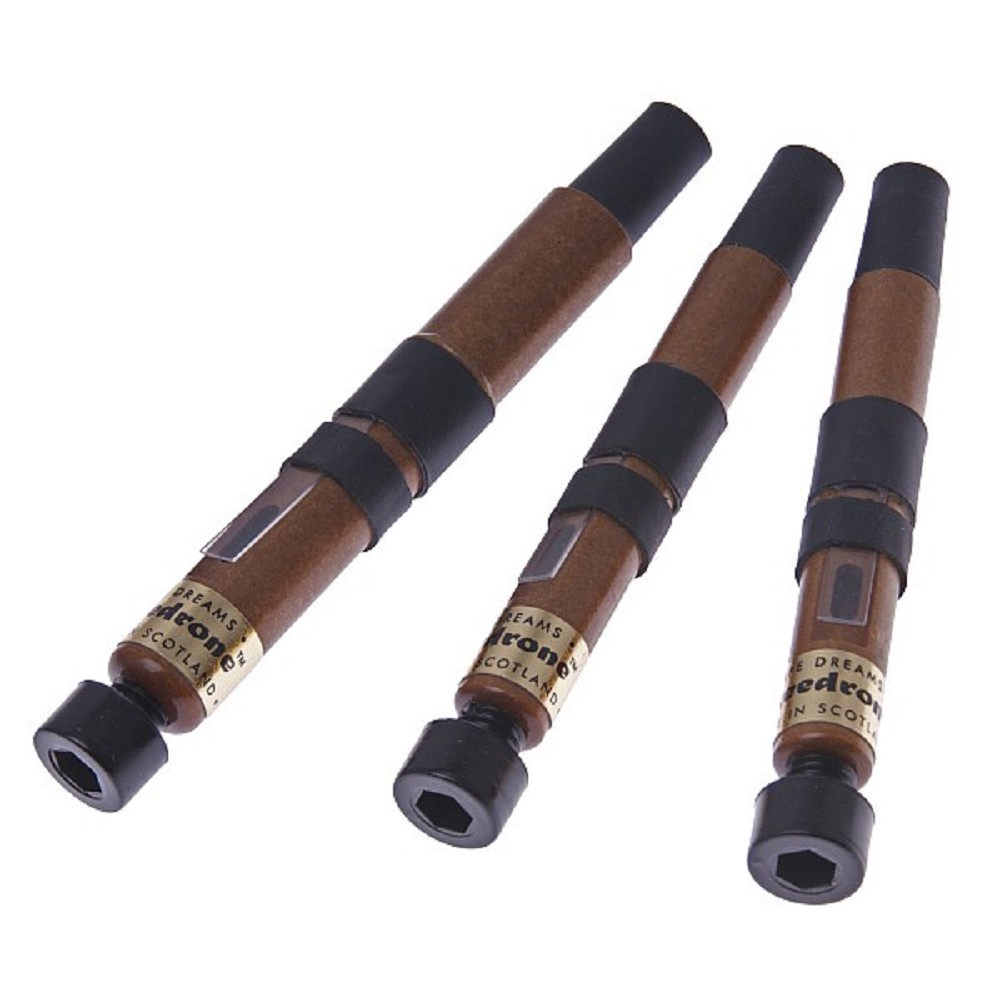
The Ezeedrone Bflat Drone Reeds, complete with one long bass reed and two long tenor reeds, are specially crafted to enable you to tune your bagpipes to Bflat, harmonising at concert pitch 440Hz. This makes them an ideal choice for individuals looking to play along with other instruments in orchestras, wind bands, or folk music ensembles.These reeds have been engineered for compatibility with Bflat Pipe Chanters, such as the McCallum Bflat Chanter or the Shepherd Orchestral Chanter. While some drone reeds can be adjusted to tune to Bflat, many cannot. Even with adjustable drone reeds, frequent retuning can be a hassle, particularly when switching between standard and Bflat chanters.The Ezeedrone Bflat Drone Reeds offer a convenient solution to this problem. Simply switch out your drone reeds when you set your Bflat Chanter, and you're ready to play without any major adjustments.Ezeedrone, as a trusted name in the bagpipe accessory industry, has developed these Bflat Drone Reeds with the quality and consistency expected of their brand. The result is a reliable performance, making your transition to Bflat play seamless and straightforward.These reeds are robustly constructed from durable materials, ensuring they can withstand various playing conditions. In addition to providing a consistent tonal output, these reeds require minimal adjustments post-installation, which means tuning and maintenance is straightforward and user-friendly.Whether you're looking to expand your musical range or simply need a set of drone reeds that can adjust to Bflat, the Ezeedrone Bflat Drone Reeds provide an excellent solution, simplifying the process and ensuring a beautiful, harmonious sound.Set (1 Long bass reed, 2 Long tenor reeds).
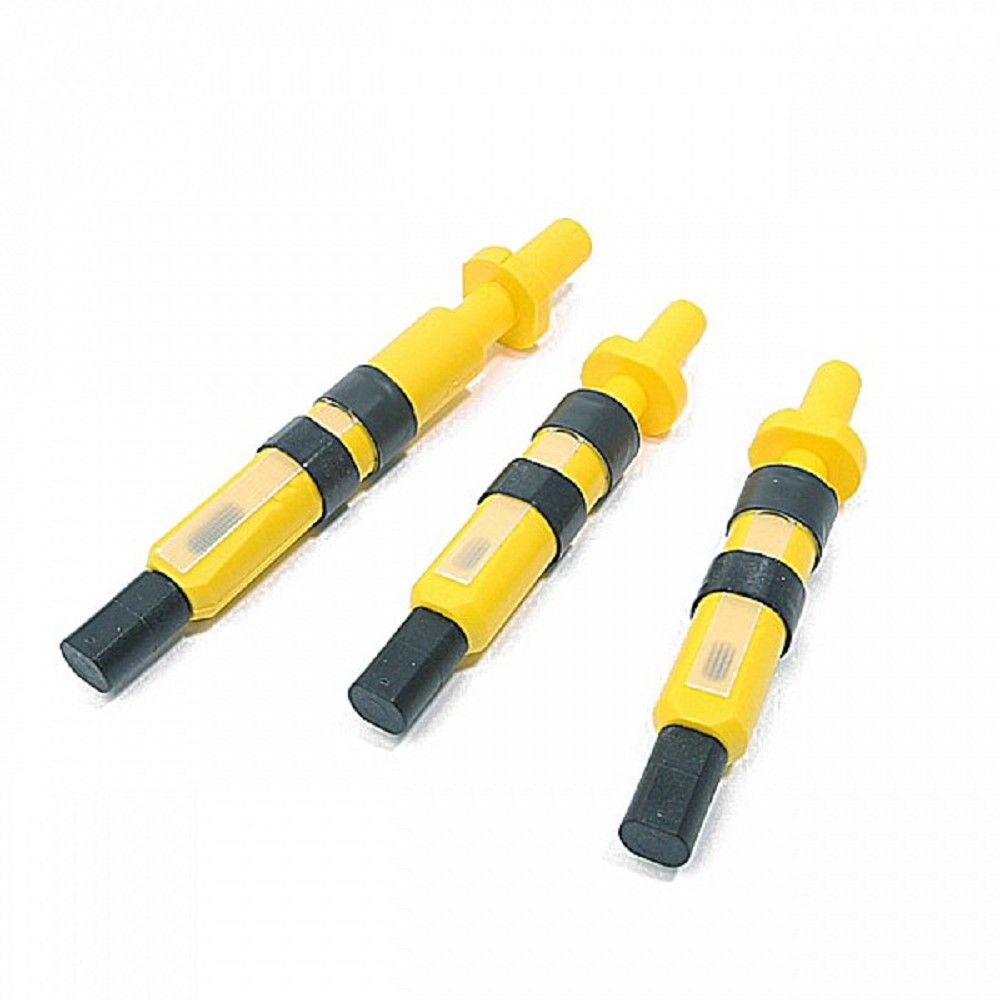
Bflat High Resonance Balance Tone Drone Reeds HR3When playing the bagpipes with other musicians (brass, folk, orchestra etc.) you will need to tune your bagpipes to Bflat at 440 Hz concert pitch. You will require a suitable chanter (e.g. McCallum Bflat Chanter or Shepherd Orchestral Chanter) and depending on your bagpipe set-up, you may also require a suitable set of drone reeds to tune to this lower pitch. Some drone reeds can be adjusted and tweaked to tune at a lower pitch; some drone reeds are not made to tune that low. Having a set of Bflat drone reeds to suite your Bflat (440 Hz) chanter is very convenient and saves time.The Bflat drone reeds from Balance Tone are specifically desinged to tune your drones in Bflat at 440 Hz.Price for a set (1 bass reed, 2 tenor reeds).
